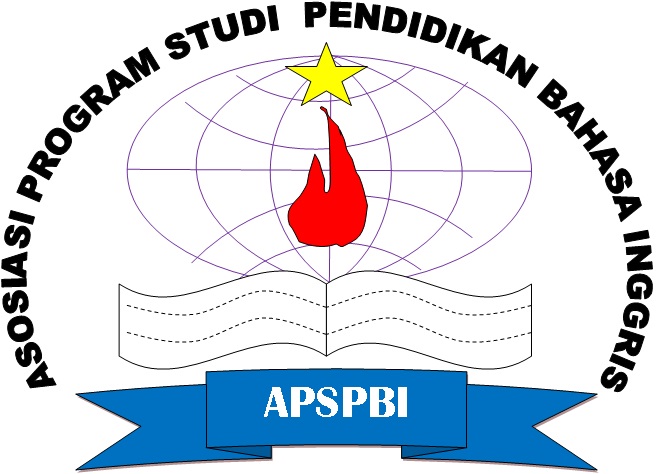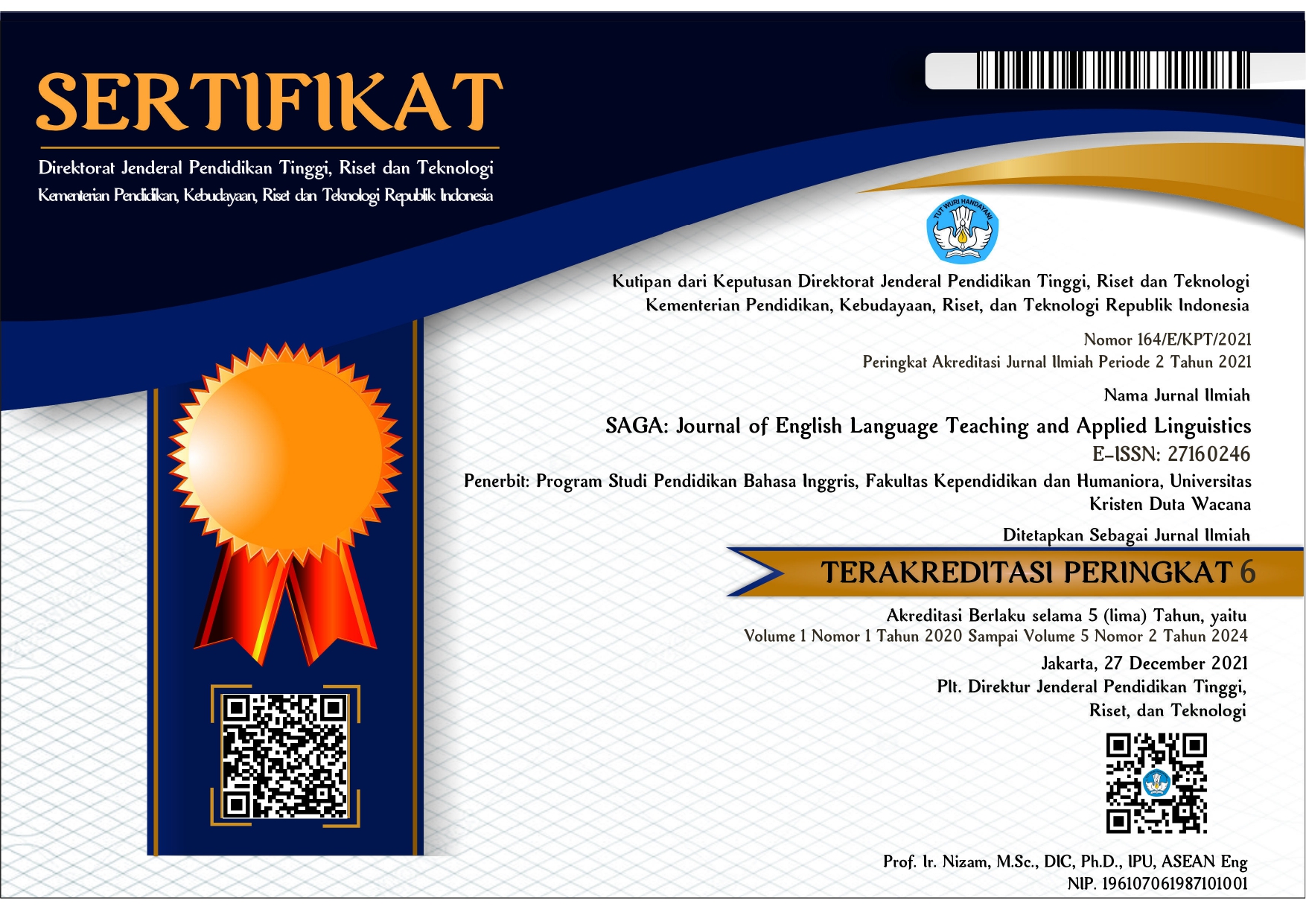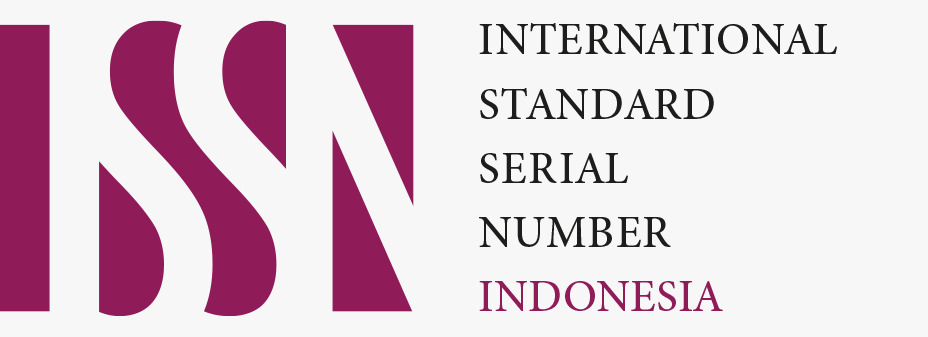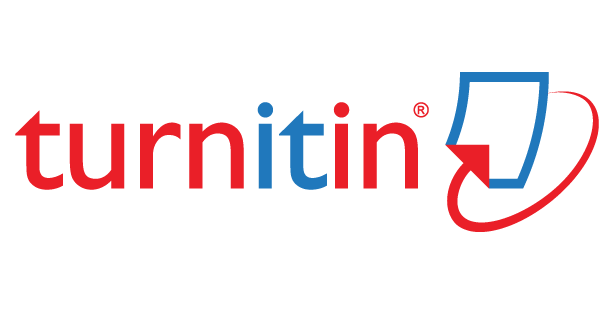The Analysis of Translation Technique and Quality in Translating Meme Image
DOI:
https://doi.org/10.21460/saga.2025.61.214Keywords:
Translation techniques, Translation quality, Meme images, Student problems in translationAbstract
This study aimed to find (1) the translation techniques applied by students in translating meme images, (2) the translation quality of translating meme images and (3) the student problems in translating meme images. This research used a qualitative with case study approach, and the data collection was done by content analysis, Focus Group Discussion (FGD) and interview, so that it could explore more deeply related problems found at English Department at Universitas PGRI Yogyakarta. The subjects of this research were 27 fourth semester students. The results of this study showed that the students applied 9 types of translation techniques to meme images, namely established equivalent, pure borrowing, addition, modulation, generalization, natural borrowing, explicitation, literal translation, and description. The results of the Focus Group Discussion (FGD) with experts showed that the quality of the translations of meme images by the students was 2,44 (less accurate), 2,54 (less acceptable) and 2,78 (readable). The interviews with 10 students showed that the problems in translating meme images were lack of vocabulary, confusion with meme images and not understanding the context. It was concluded that the translation techniques applied by the students contributed to the quality of the translation. The description technique contributed negatively to the accuracy of meme image translation, while the addition technique contributed negatively to the acceptability, and the established equivalent technique contributed positively to the readability in meme image translation.
References
Austin, C. P. (2018). Translating translation. Nature Reviews Drug Discovery, 17(7), 455–456. https://doi.org/10.1038/nrd.2018.27
Creswell. J.W. (1999). Mixed-method research: Introduction and application. Handbook of Educational Policy, 455–472.
Domínguez Romero, E., & Bobkina, J. (2021). Exploring critical and visual literacy needs in digital learning environments: The use of memes in the EFL/ESL university classroom. Thinking Skills and Creativity, 40 (December 2020), 100783. https://doi.org/10.1016/j.tsc.2020.100783
Duchscherer, K. M., & Dovidio, J. F. (2016). When memes are mean: Appraisals of and objections to stereotypic memes. Translational Issues in Psychological Science, 2(3), 335–345. https://doi.org/10.1037/tps0000080
Dzulkurnain, M. I., Asrowi, Sunardi, & Siswandari. (2022). Development of cooperative translation learning model to improve English learning achievement. Journal of Hunan University Natural Sciences, 49(7), 171–179. https://doi.org/10.55463/issn.1674-2974.49.7.19
Fachrezi, R. A. (2022). Analisis konten Meme Shin-Sang sebagai bahasa global. TANRA: Jurnal Desain Komunikasi Visual Fakultas Seni Dan Desain Universitas Negeri Makassar, 9(3), 215. https://doi.org/10.26858/tanra.v9i3.36218
Matthew B. Miles, A. Michael Huberman, J. (1994). Qualitative data analysis: A methods sourcebook. Practitioner Research and Professional Development in Education, 125–145. https://doi.org/10.4135/9780857024510.d49
Merriam, Sharan. B. (2009). Qualitative research. In qualitative research.
Molina, L., & Albir, A. H. (2002). Translation techniques revisited: A dynamic and functionalist approach. Meta, 47(4), 498–512. https://doi.org/10.7202/008033ar
Munibi, A. Z. (2023). Pengaruh penguasaan kosakata dan tata bahasa terhadap kemampuan membaca bahasa Inggris. Edukatif: Jurnal Ilmu Pendidikan, 5(1), 691–698. https://doi.org/10.31004/edukatif.v5i1.4732
Nababan, M., Nuraeni, A., & Sumardiono, &. (2012). Pengembangan model penilaian kualitas terjemahan. Kajian Linguistik Dan Sastra, 24(No. 1), 39–57.
Purnama, A. D. (2017). Incorporating Memes and Instagram to Enhance Student's Participation. LLT Journal: A Journal on Language and Language Teaching, 20(1), 1–14. https://doi.org/10.24071/llt.v20i1.404
Raja Muhammad Ishtiaq Kha, Noor Raha Mohd Radzua, Muhammad Shahbaz, Ainol Haryati Ibrahim, G. M. (2018). The Role of Vocabulary Knowledge in Speaking Development of Saudi EFL Learners. 9(1), 24093.
Sadasivam, A., Gunasekar, K., Davulcu, H., & Yang, Y. (2020). memeBot: Towards Automatic Image Meme Generation. http://arxiv.org/abs/2004.14571
Taufikurrahman, F. (2022). Scholar (7). In kompasiana. https://www.kompasiana.com/febritaufikurrahman2573/61d3f1461667170eed1b61c2/budaya-visual-meme-di-era-digital?page=2&page_images=1
Westbrook, F., Hunkin, E., & White, J. (2021). Lost in translation: An experiment with MEMEs for research translation in Australian early childhood education and care (ECEC) contexts: Research translation. Video Journal of Education and Pedagogy, 65(3), 1–22. https://doi.org/10.1163/23644583-bja10019
Yun, J. (2014). Rememediation: The internet meme as remediation. https://edition.cnn.com/2019/10/29/health/common-sense-kids-media-use-report-wellness/index.html
















